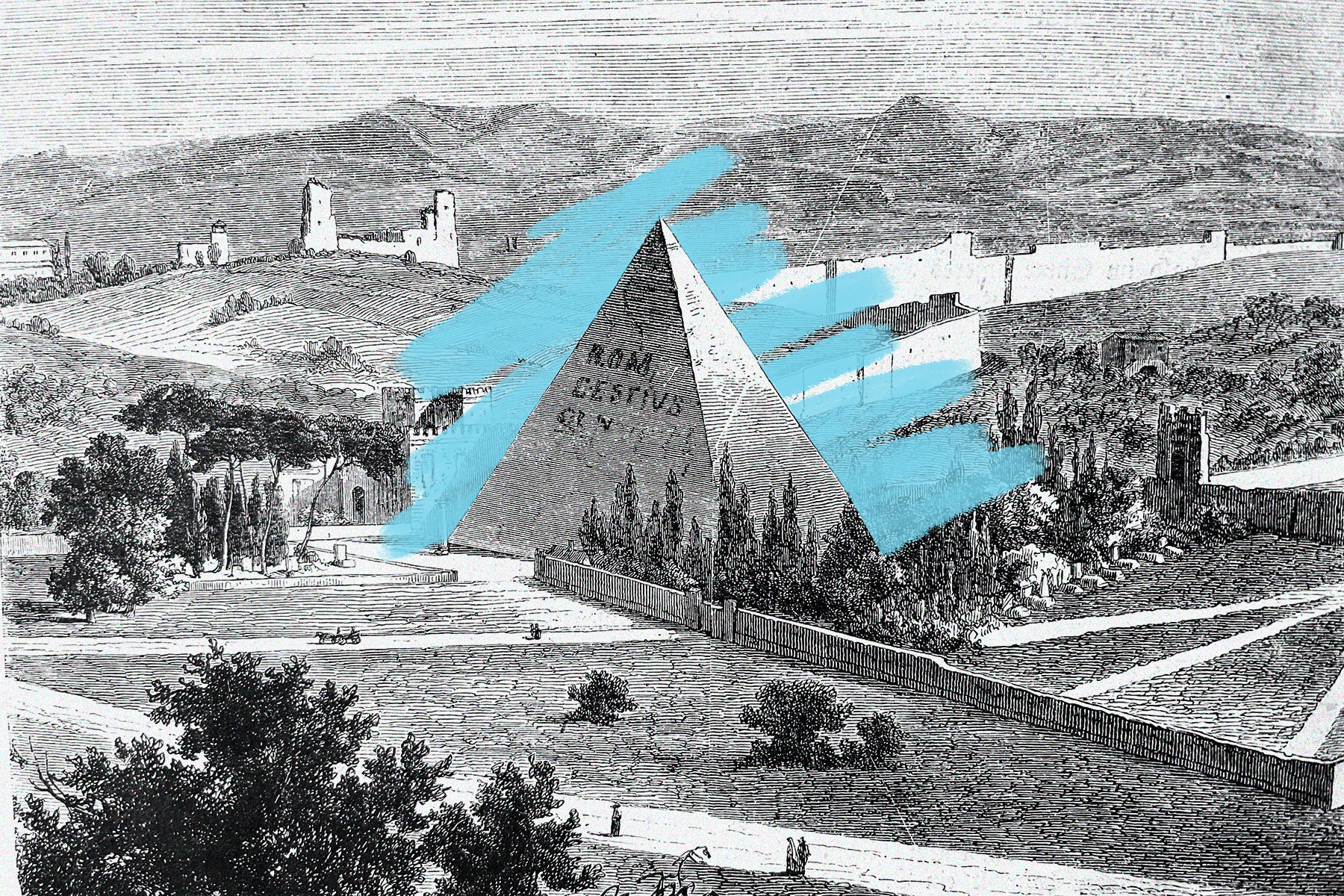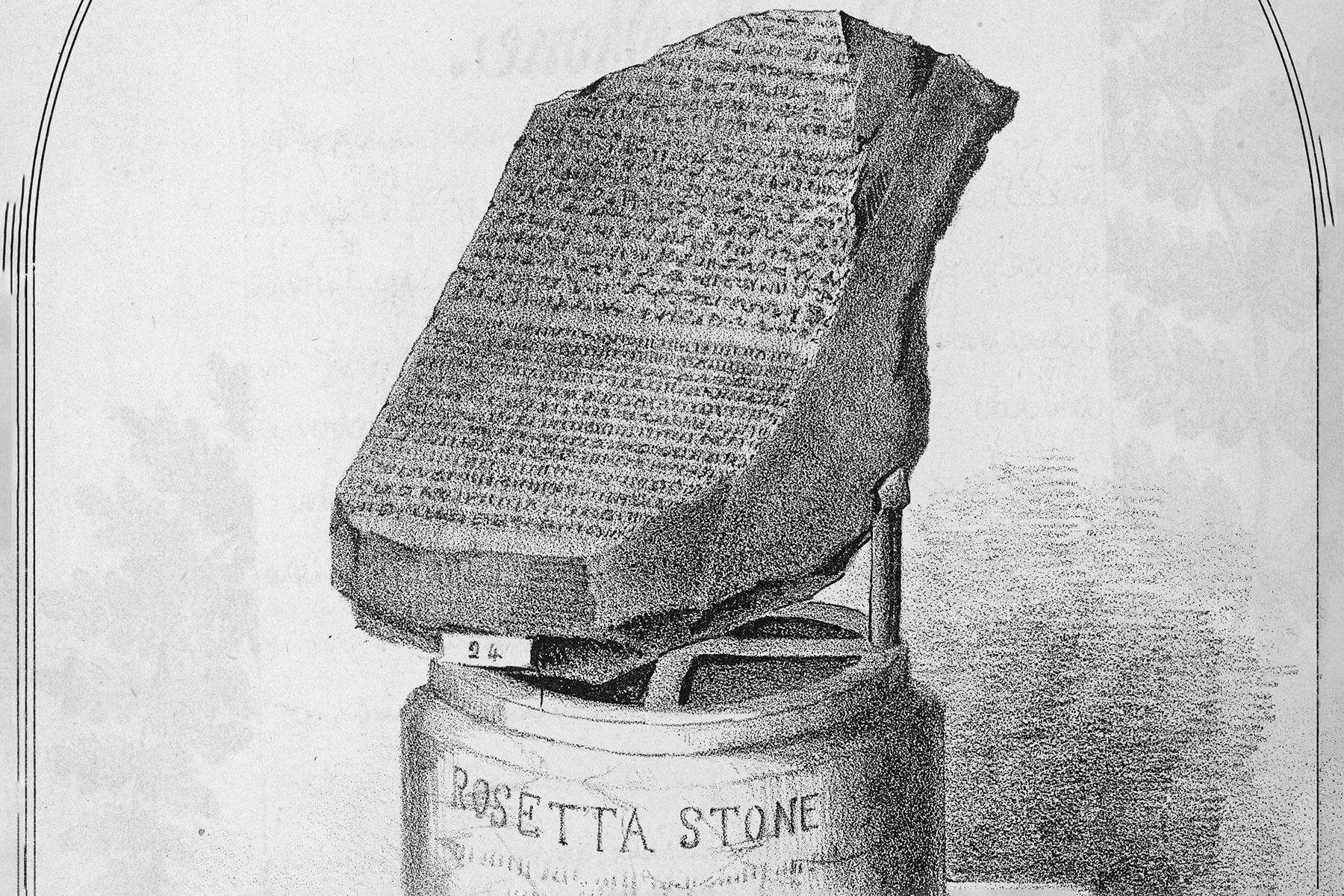An ancient pyramid in... Rome?!
Thursday, September 12, 2024
The word "pyramid" generally conjures up visions of the awe-inspiring stone tombs that dot Cairo's skyline, but the ancient Egyptians didn't have a monopoly on these triangular monuments. |
| |
| |
|
 |
|
| T he word "pyramid" generally conjures up visions of the awe-inspiring stone tombs that dot Cairo's skyline, but the ancient Egyptians didn't have a monopoly on these triangular monuments. Pyramids can be found throughout Africa, India, and the Americas — and one can even be found in Rome, the ancient capital of the Roman Empire. Originally built around 12 BCE, and located only a mile south of the Roman Forum (at what is now a busy intersection), the Pyramid of Cestius is named after Caius Cestius, a little-known Roman magistrate who had an affinity for all things Egyptian. The structure stands less than 120 feet tall, which is almost four times smaller than the world-famous Great Pyramid of Giza, but it features far steeper slopes than Cairo's collection of pyramids. Archaeologists believe this could be because Cestius simply had the wrong dimensions, or that he was inspired by tombs located farther south of modern-day Egypt in what is now Sudan, which feature similarly steep slopes. |
|
|
| While the Pyramid of Cestius is the only surviving pyramid among Rome's sprawling collection of ancient monuments, that wasn't always the case. For centuries, the Meta Romuli, or Pyramid of Romulus, stood west of the Roman Forum and served as a kind of monumental twin to Cestius' pyramid. In fact, during the Middle Ages, the Pyramid of Cestius was called the Meta Remi, and a legend grew that the two tombs housed the mythological founders of Rome, Romulus and Remus. Unlike the Pyramid of Cestius, the Meta Romuli did not survive Rome's Renaissance-era building craze, and it was demolished for its materials. Today, the lone "twin" is the only ancient pyramid still standing on the European continent. |
|
 |  |
|
|
 |
|
| |
|
| Age (in years) of Egypt's Pyramid of Djoser, one of the oldest pyramids in the world | | | 4,700 |
| | | Egyptian dynasties that ruled Egypt before it fell to Alexander the Great | | | 31 |
| | | Egyptian dynasties that ruled Egypt before it fell to Alexander the Great | | | 31 |
|
|
|
| Size (in cubic meters) of the Great Pyramid of Cholula in Mexico, the world's largest pyramid by volume | | | 4.45 million |
| | | Year Pope Alexander VI ordered the demolition of the Meta Romuli | | | 1498 |
| | | Year Pope Alexander VI ordered the demolition of the Meta Romuli | | | 1498 |
|
|
|
 |
|
 | | Did you know? |
|
|
Sudan has more ancient pyramids than any other country. |
|
| Egypt is home to nearly 140 ancient pyramids, and Mexico boasts around the same number, thanks to Mesoamerican empires such as the Olmecs, Maya, and Aztecs. However, both countries pale in comparison to Sudan, which is home to upwards of 255 ancient pyramids by some counts. These funerary structures were built by an ancient civilization known as the Kingdom of Kush, which thrived (in various forms) from around 1070 BCE to 350 CE. The Kushites ruled a land known as Nubia stretching from Aswan, Egypt, to Khartoum, Sudan. Nubian kings built these smaller pyramids (typically less than 100 feet high) 500 years after their Egyptian neighbors had stopped building pyramids. Today, the best-preserved and highest concentration of pyramids are in the Meroë, the former capital of the Kushite kingdom, which is now a UNESCO World Heritage Site. |
|


posted by June Lesley at 4:02 AM











![]()
![]()







0 Comments:
Post a Comment
<< Home